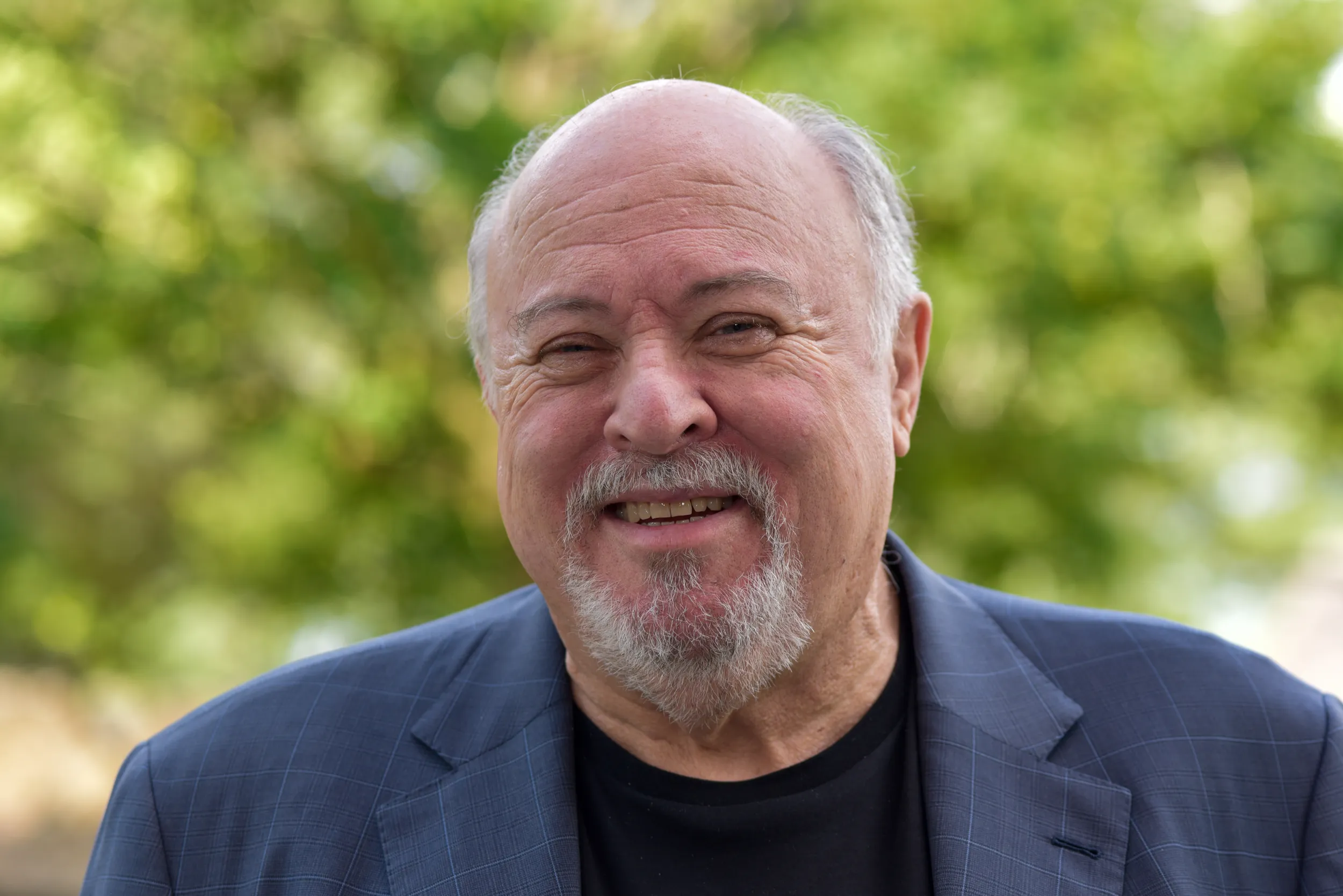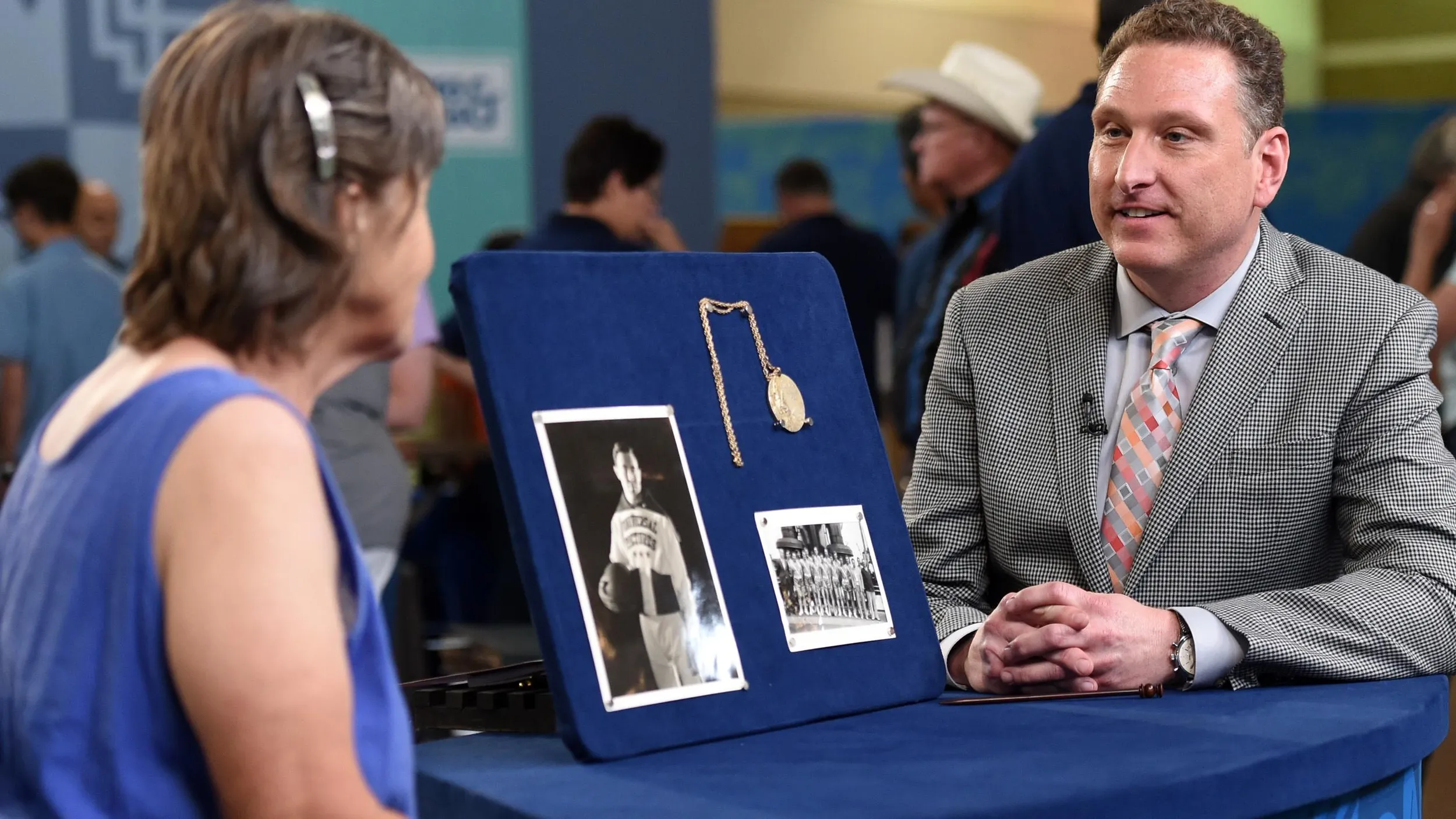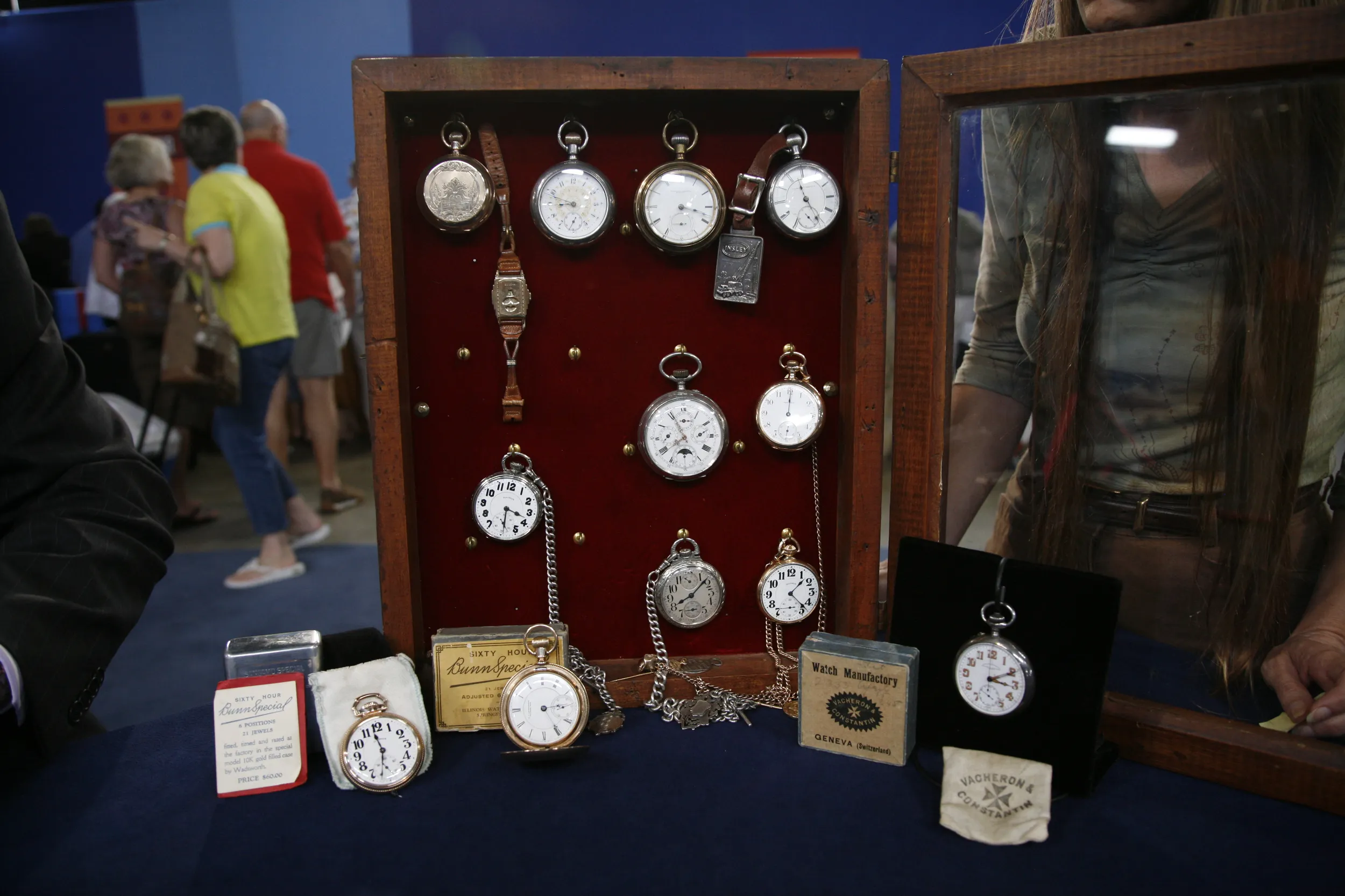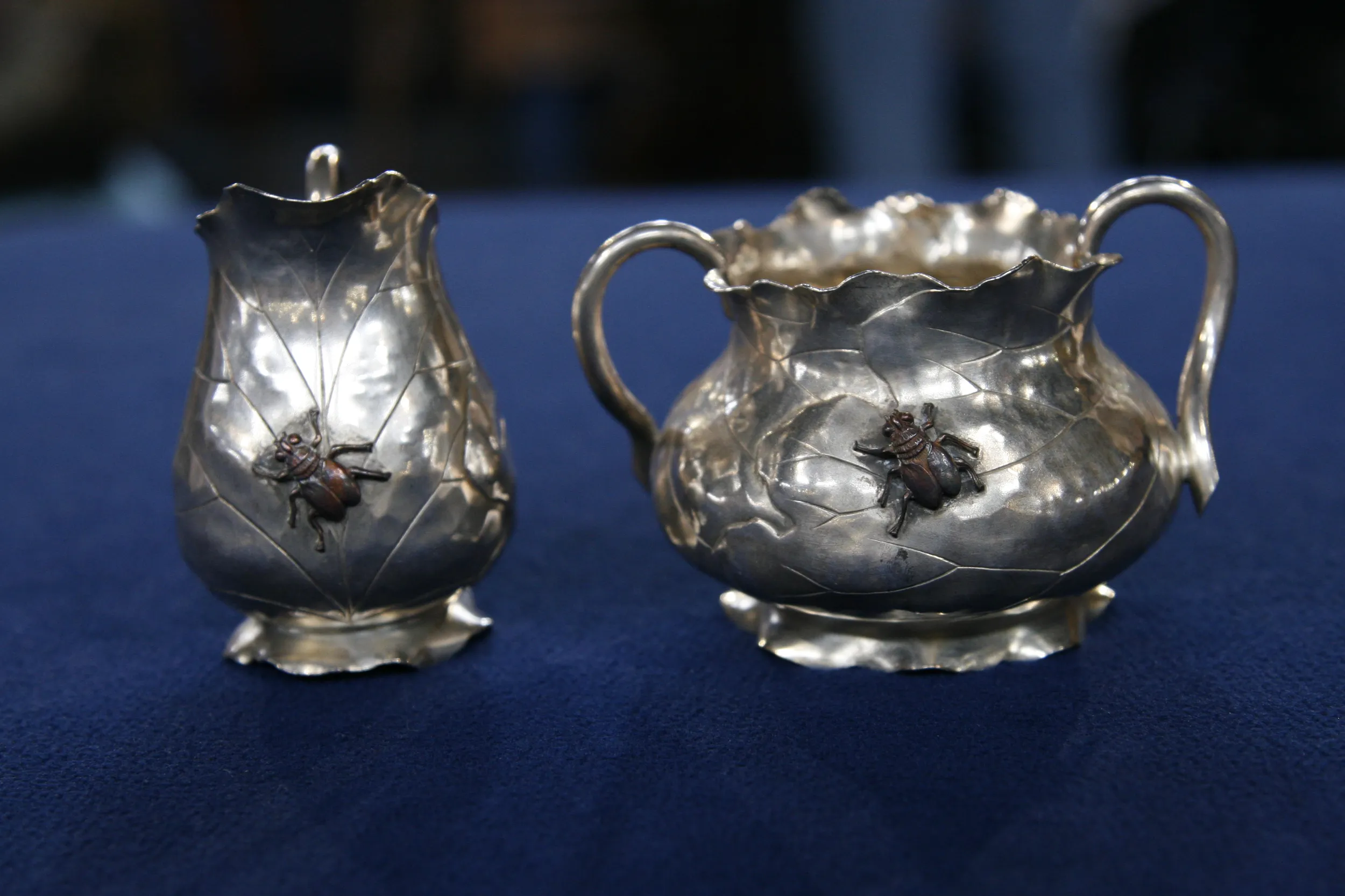GUEST: I inherited them from a woman who got them at an estate sale in Green Valley, which is a little town south of Tucson. And the story goes that they belonged to a granddaughter of President Tyler.
APPRAISER: I see...
GUEST: And they were in her estate. This woman bought a whole bunch of stuff at this estate sale and this was one of the pieces.
APPRAISER: Here's the deal. I suspect these spurs were made in California. They have all the hallmarks of a California spur in terms of the style and the way they look. It's possible these spurs were made by a man named Abbie Hunt, who worked in California for years. It would take some research to nail that down. What's really unique about these are these little horse head buttons, which are fantastic.
GUEST: I love those, I love those.
Now, these spurs are handforged iron, with inlay silver here and on the off side, with repoussé silver that's been attached that's also been hand engraved. The rowels, you have inlays and little file decorations. You see these little lines here?
GUEST: Oh yeah, yeah, I didn't see those.
APPRAISER: And then the buttons have been pinned with copper pins, and you see that on some of Hunt's spurs.
GUEST: Why would you put such horrible rowels on them?
APPRAISER: Okay, they're not horrible rowels. Here's the deal. A horse, especially in the California style which comes out of Mexico, was called a trigger-reined horse. They were trained for seven years. These were top-quality horses. The horse was not moved with the spur. The spur was just a cue, and you wanted an extension of the heel so your heel went back and you could just slightly move your heel and nudge that horse to turn his flanks around. You were riding with your hips and your seat and your legs. You would hold the rein fixed. As a matter of fact, the best trained horsemen would tie a silk thread to their reins and hold it that way so they weren't in the horse's mouth all the time. You wanted to stay out of their mouth and you were hip riding or seat riding the horse. The horse could feel every move you made, and so you weren't kicking the horse.
GUEST: You weren't really hurting it with those.
APPRAISER: Just nudging them. You might take some very fine sewing machine oil and rub it all over the iron, and it'll clean it up, it'll back the rust off. And they'll look even more beautiful than they look right now.
GUEST: Okay.
APPRAISER: As very generic California spurs, which were made some time between 1890 and probably about 1920 at the very latest, they're worth $1,200 to $1,500, so a good amount.
GUEST: Sounds good.
APPRAISER: If some research could be done on the spurs, and nail down who made it, whether it be Hunt or somebody else, then you'd more than double that price. The filing and the engraving is top notch.
GUEST: Nice!
APPRAISER: They're very beautiful spurs.
GUEST: They are, thank you!








